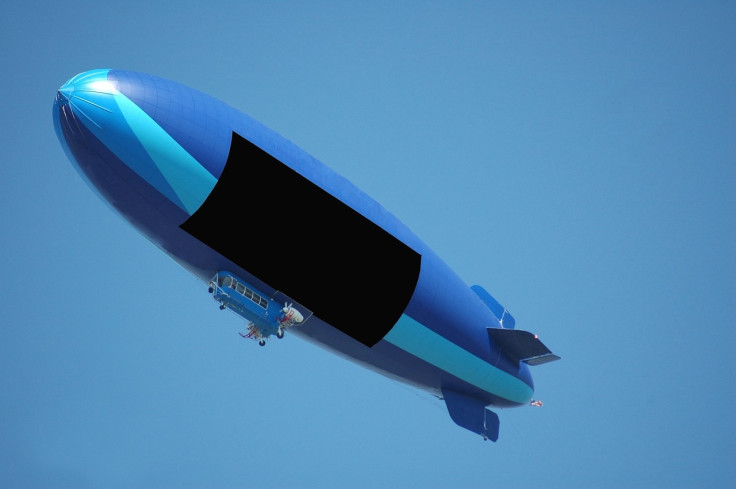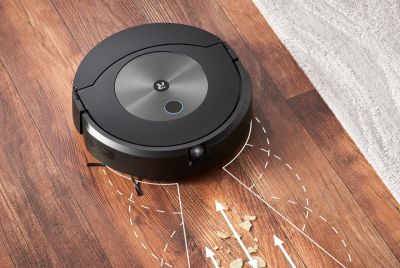Omnidirectional Airships Represent The Future Of Sustainable, Safe Air Travel, Says Industry Expert Charles Luffman
There has been a resurgence in airship technology in recent years

Airships, also known as dirigible buoyant aircraft, are lighter-than-air aircraft that get aerostatic lift through buoyant gasses like helium or hydrogen. Compared to non-buoyant aircraft, like aeroplanes and helicopters, airships use zero to low power to remain in flight.
They can fly longer, consume less fuel, and carry larger payloads. Despite their benefits, airships have encountered significant pushback in the market due to instances of fire and vulnerability to inclement weather.
However, there has been a resurgence in airship technology in recent years. Companies worldwide are investing heavily in this technology, hoping it represents the future of sustainable air travel. Charles Luffman, CEO and Technical Design Leader of LuffShips Limited, believes these machines hold great potential for overcoming the shortcomings of conventional aircraft.
Since gaining popularity in the 1900s, airships have been used for commercial travel, military patrolling, entertainment events, and advertising. They have broken many early flight records, including the first successful nonstop transatlantic crossing and return, which underlined the aircraft's ability to offer significant value to public and private consumers.
However, the advancement of aeroplanes and other conventional planes needed to be faster for airships to keep up. These inventions fell by the wayside, and aeroplanes' high-power, high-speed nature became the gold transportation standard.
A structural engineer and aircraft designer, Charles Luffman, argues that airships have comparable value to aeroplanes, but their capabilities must be correctly leveraged. Luffman notes that the standardisation of aerostats through unidirectional design stunted the availability of many benefits. Through LuffShips Limited, Charles is transforming this tradition by designing omnidirectional buoyant aircraft.
Omnidirectional buoyant aircraft offer several advantages over commercial aircraft. These airships can move freely in multiple directions, be vertically launched in small spaces, and stay fixed when moored to the ground. They also carry the same benefits all airships possess, such as long endurance, large payload capacity, low noise, vibration, and emissions.
Charles proved the viability of omnidirectional airships in 2002 when the CL75 AirCrane, a non-rigid prototype, successfully transported a military mine clearance tank. These results inspired Charles to continue developing proprietary airship designs despite many of the obstacles he has encountered in the industry.
"Aviation professionals often claim that airships are not comparable to the speed traditional aircraft offers, but I strongly disagree," Charles says. "High speed requires an enormous amount of power that will inevitably lead to a larger carbon footprint. Airships are a much better choice for commercial or private usages, such as point-to-point delivery in hard-to-access areas. They have the ability to carry much larger payloads in and out of these areas and have the added advantage of eco-friendliness. Because of its point-to-point ability, it has the capability of carrying its own infrastructure by the same process so it becomes self-seeding."
With sustainability becoming a significant focus in the aviation industry, it's plausible for airships to fill gaps in the market with their unique features. However, Charles notes that it will be critical to consider the advantages of omnidirectional design as this movement gains traction.
LuffShips Limited is currently developing several airships and aerostats to prove the viability of its cutting-edge designs. The company is producing smaller, more cost-effective products that will pave the way for larger, more challenging models to be finalised.
With additional investment and partnership, LuffShips Limited can successfully expand its product catalogue to encompass airships that demonstrate why the company's Lighter-than-air technology is pioneering industry-wide change.
© Copyright IBTimes 2025. All rights reserved.





















